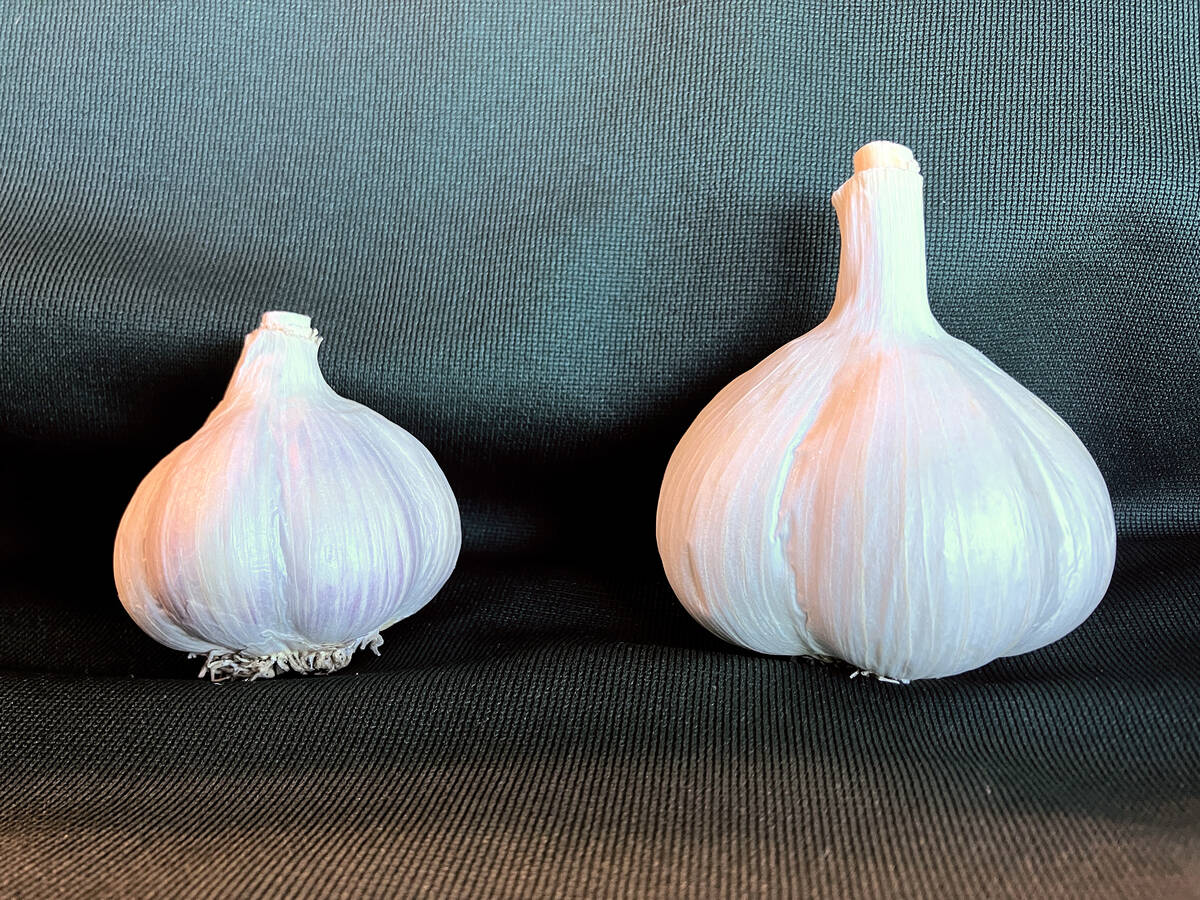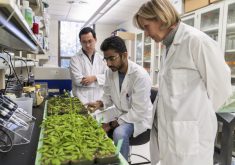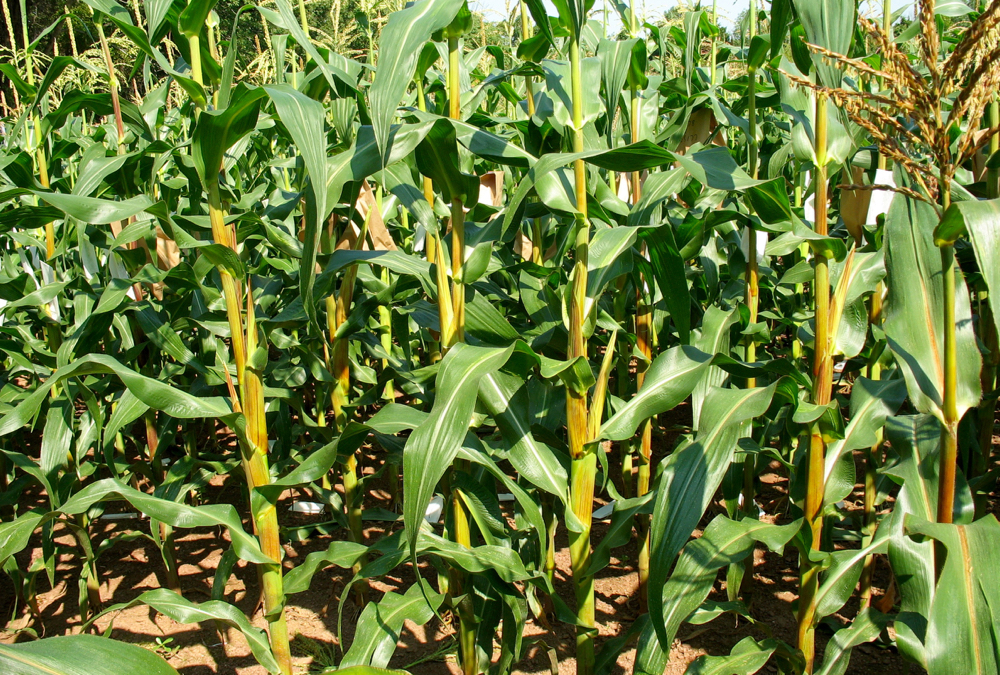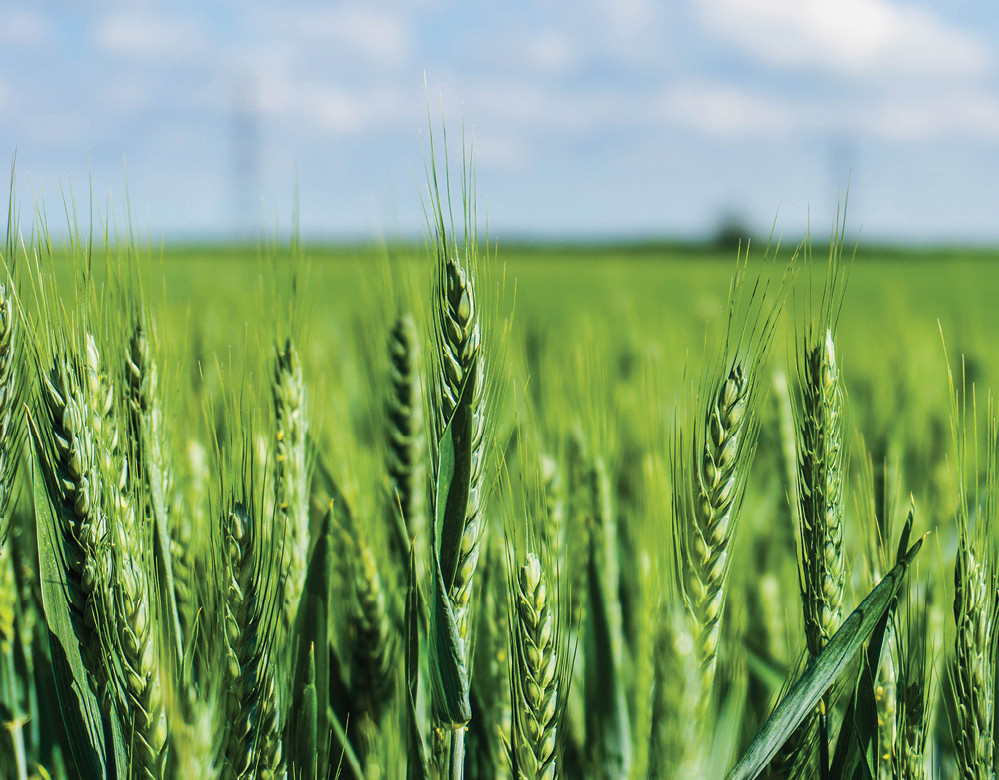Glacier FarmMedia – When plant breeders develop a new variety, the goal is a crop that is “the total package.”
They want a high-yielding crop with superior disease resistance, tolerant of drought, with excellent end-use qualities and a long list of other traits.
Kevin Murphy, a plant breeder at Washington State University, said breeders sometimes overlook one of those other traits — the crop’s nutritional value.
Read Also

Clean seed garlic promises bigger bulbs and higher returns for growers
Ontario garlic trials show clean seed outshines conventional yields, with stronger drought resilience, reduced virus risk and greater economic outcomes.
He is hoping to change that with US$10 million to make it happen.
Why it matters: Plant breeders typically focus on yield and disease resistance first but some scientists think focus should be placed on nutritional value as well.
Earlier in October, the United States Department of Agriculture awarded a $10 million grant to Murphy and his colleagues to improve the nutritional value of barley, wheat, peas, lentils, quinoa and buckwheat.
“It (nutrition) should be just as important as those other traits, and it hasn’t (been) in the past,” Murphy said, while on vacation in Alabama.
Plant breeders probably don’t ignore nutritional traits but they do focus much of their attention on yield. That’s not surprising because farmers want high yielding varieties of canola, soybeans, wheat, corn and other crops.
“When anybody ever asks me about trait priorities, I go back to what one of the salespeople told me: ‘I have five key priorities. They are yield, yield, yield, yield and yield’,” said Chad Koscielny, North American canola breeding lead with Corteva Agriscience, in 2020.
Producers around the globe are urged to increase yields and production over the next 30 years because the world’s population may exceed nine billion by 2050. But some scientists believe it’s more important to improve crops’ nutritional value.
“Recent studies have concluded that the greatest food security challenge in 2050 will be providing nutritious diets rather than adequate calories,” stated a USDA summary of Murphy’s research project.
However, Murphy added that nutrition shouldn’t be prioritized over yield. Plant breeders should develop crops that are both high yielding and highly nutritious.
“I don’t think we should focus less on yield. As a plant breeder… I still think that’s really important,” he said. “What we’re suggesting is we focus on nutritional value, as well as everything else.”
A percentage of consumers, and some farmers, may believe that older varieties of wheat and other crops are more nutritious than modern varieties. There could be some cases where a 70-year-old wheat cultivar has more zinc, iron or B vitamins but that variety wouldn’t be useful in 2021.
“They may have some traits of interest … (but) those varieties perform very poorly in the field,” Murphy said. “Those old varieties, a lot of times, don’t measure up in terms of the total package.”
Plant breeding is one piece of the puzzle when it comes to creating more nutritious crops.
Soil is another piece.
For years, some soil scientists and producers have argued that healthier soils produce grains that are more nutritious.
There’s limited data to support that claim, but local soil conditions and farm practices do affect the nutrient value of wheat, barley, lentils and other crops.
“There is evidence that crops grown in different fields, in different fertility regimes, do have different nutritional quality,” Murphy said, adding the key question is why.
Answering that sort of question will be a key part of the $10 million project.
Murphy and his fellow scientists want to understand how the environment, soil and cropping system impact the nutritional content of the grain.
Another key element of the project could be raising awareness within the ag industry about the importance of nutrient-dense crops.
This article was originally published at The Western Producer.















